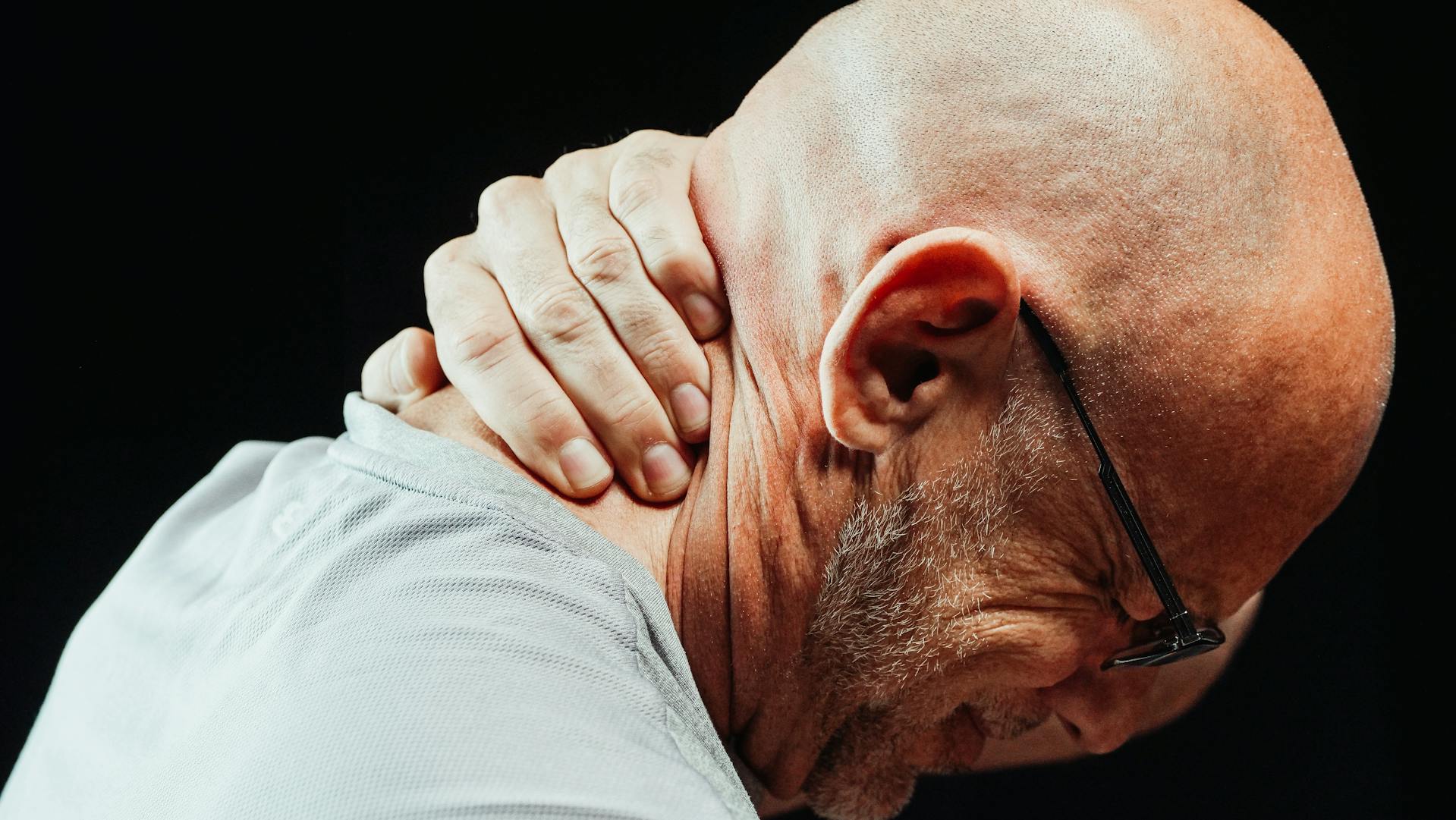During the initial courses at a massage therapy school like ours in Portland, Oregon, students focus on gaining the baseline knowledge and technical prowess to deliver a delightful massage. Once they learn the basics of giving relaxing treatments, our students begin to explore why massage therapy is so effective for pain regulation. Let’s examine two prevalent theories on how the brain perceives pain, and why massage helps reduce pain.
The Gate Theory of Pain Perception
This theory posits that the brain processes pain only if the nerve gate in the dorsal horn of the spinal cord is open. Imagine a gate – there are two options, open and closed. If the pain gate is open, the message of pain is relayed to the brain via the spinal cord, and the person experiences pain. If the gate is closed, no message is relayed, and the person does not experience pain.
What opens and closes the gate? Descending signals from the brain, such as the release of endorphins, and activation of different nerve fibers called primary afferent axons. These nerve fibers connect to different receptors in the muscles, internal organs, and skin. There are four types of primary afferent axons:
A-alpha nerve fibers have the largest diameter, so they are the fastest communicators with the brain, sending messages at over 200 miles per hour! They convey information about proprioception, or muscle-sense.
A-beta nerve fibers are the second largest in diameter; they transmit information about touch.
A-delta nerve fibers have the third largest diameter and relay information about temperature and pain. They communicate sharp pain when an injury occurs.
C-nerve fibers are the thinnest, as they are not myelinated. (A fatty myelin sheath insulates some neurons, protecting them and accelerating processing speed.) C-nerve fibers deliver information about pain, heat/cold, and itch. Because they are not myelinated, and have the thinnest diameter, they are the slowest at sending messages to the brain, at a speed of about 2.2 miles per hour. They transmit dull, longer-lasting pain.
When pain occurs, first order neurons carry the signal to the spinal column, where the message is passed on to second order neurons, who then pass it up the spinal column to third order neurons in the brain. The gate theory states that the nerve gate is situated where the handoff between first and second order neurons occurs, in the substantia gelatinosa of the dorsal horn. There, additional sensory inputs from the area, such as rubbing and temperature changes, conveyed by A-beta fiber, can inhibit the transmission of the pain message to the second order neurons.
This theory was developed by Ronald Melzack and Patrick Wall. They published their theory in the November, 1965 edition of Science magazine.
What’s the takeaway for massage therapists? Rubbing may inhibit pain because the nerve fibers that convey touch work faster than those that communicate pain. This is one way massage may work to decrease pain.
The Vagal Theory of Pain Perception
Massage researchers Tiffany Field and Miguel Diego suggest there may be a secondary system mediating the pain gate. While researching infant and prenatal massage, they propose the involvement of the vagal response. The vagus nerve is part of the body’s autonomic nervous system. It activates the so-called “rest and digest” setting via the parasympathetic nervous system. Field writes that vagal activity increases following massage, probably because baroreceptors in the skin are activated by rubbing. These pressure receptors connect to vagal afferent fibers, which then communicate with the emotional center in the brain, the limbic system. There, the hypothalamus is stimulated to regulate the stress hormone cortisol, and deactivate the stress response of the sympathetic nervous system.
Field and Diego have shown that medium pressure massage (not light-pressure) stimulates the vagal activity in people of all ages, from infants through adults.
Further research is needed to clarify if and how the pain gate and parasympathetic response work together. Still, the utility of massage therapy for pain management is clear, regardless of whether you agree with one or both of the pain theories. Those in the pain gate camp point out that rubbing activates the faster A-beta nerve fibers to effectively cut off slower A-delta nerve fibers, closing the pain gate. Those who prefer the vagal theory of pain management point out that massage coaxes the nervous system into a relaxed, anti-stress setting, reducing the perception of pain.
If the prospect of reducing others’ pain through healing touch is calling you, we encourage you to check out massage schools. In Portland, massage therapy aspirants can tour our school in the education district, check out our on-campus massage clinic, and even sign up for a massage to experience how budding LMTs get the chance to practice their craft. Applying for massage therapy school could be your first step toward a life in service, helping to alleviate others’ pain. To take that next step, call our friendly admissions office at 503-233-6500, or visit our massage school admissions website.
Resources
https://pmc.ncbi.nlm.nih.gov/articles/PMC2870995/#R10
https://www.ncbi.nlm.nih.gov/books/NBK545194/#:~:text=In%201965%2C%20Patrick%20David%20Wall,%2C%20the%20%E2%80%9Cgate%E2%80%9D%20opens.
https://www.physio-pedia.com/Gate_Control_Theory_of_Pain#:~:text=The%20Gate%20Control%20Theory%20of,at%20the%20spinal%20cord%20itself.




